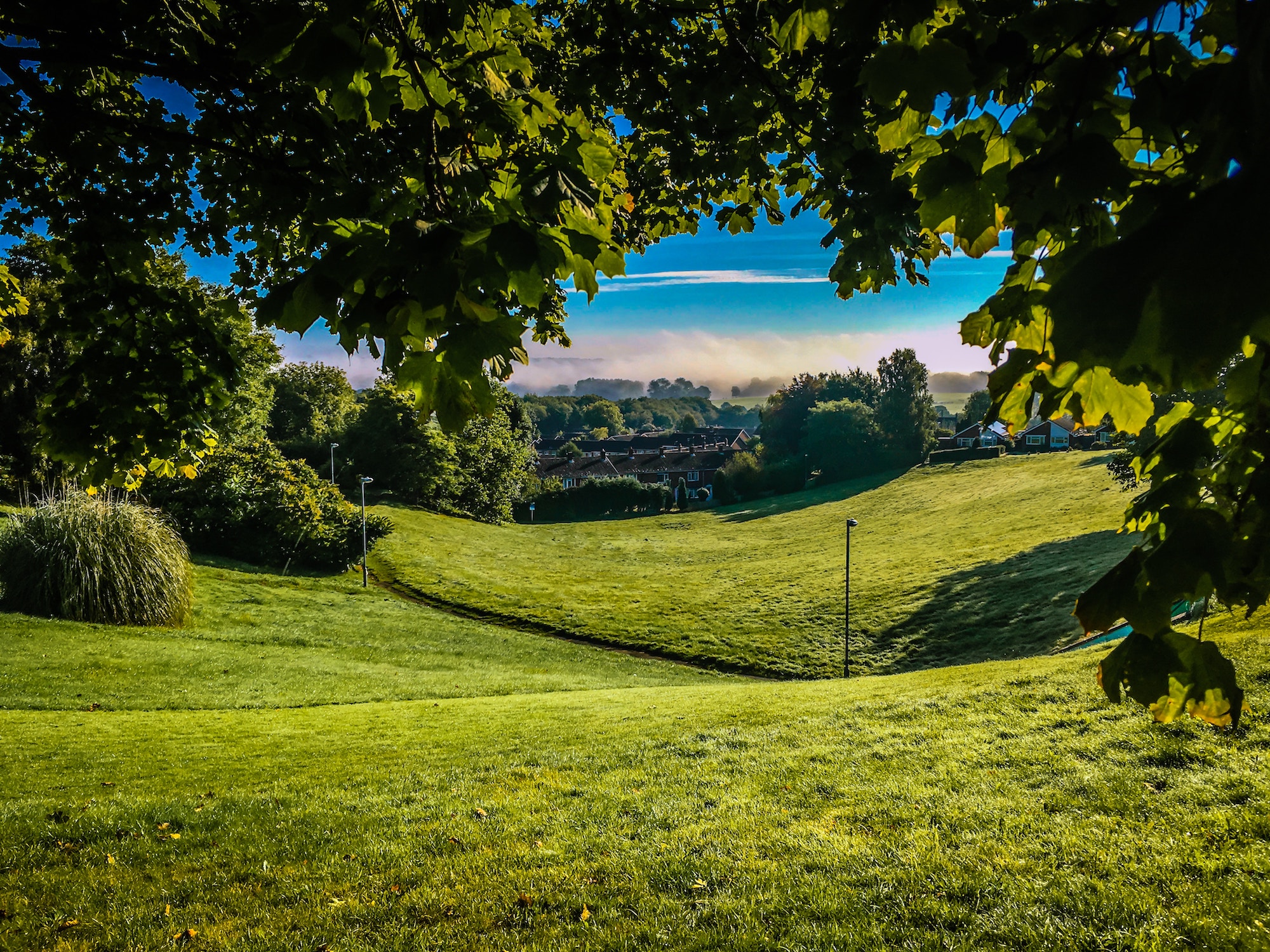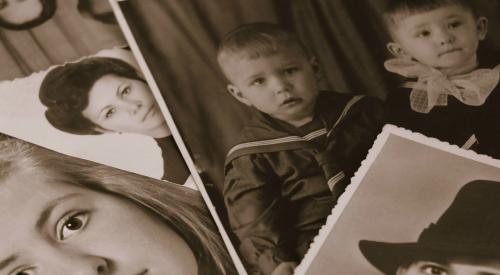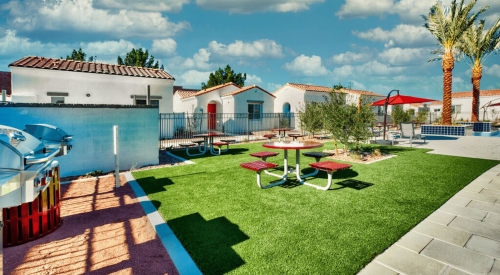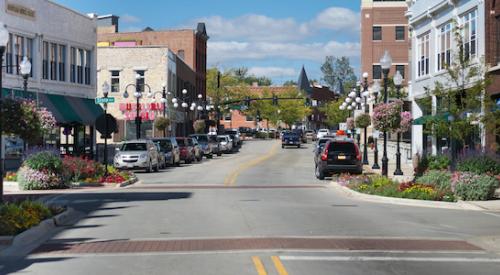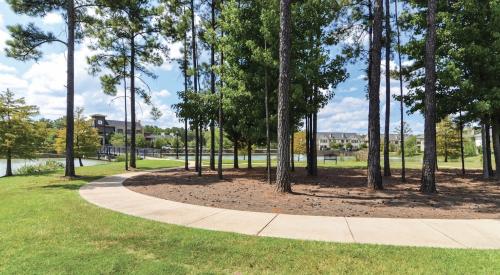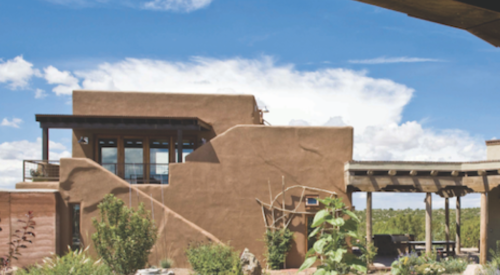Starting in the 1950s, the rise of the suburbs left an indelible mark on the United States. New analysis says that Americans are now transitioning into "surban" areas, a mix suburban and urban, and will be just as potent.
"Surban areas," are defined by John Burns Real Estate Consulting as areas that incorporate the walkability of urban areas with the lower prices and greater school districts of the suburbs. Why are city planners and consumers embracing this community type? For one thing, Millennials are going back to the suburbs to buy homes and start families, and seek to bring elements of the urban experience with them, JBREC experts explain. Yet, it's not just Millennials who want to live a surban lifestyle: young singles and mature singles with no kids, empty nesters, and active adult retirees are also seeking out these communities. JBREC's survey data show that 49 percent of all new home shoppers want a surban location, 29 percent more than the next most desirable community type, the large lot rural area
As John Burns and Chris Porter note in Big Shifts Ahead, “The suburbs altered the American landscape—literally, socially, and economically.” Now, surban areas will do the same. As a higher premium on experiences and activities increases the appeal of urban areas, and life stage and price concerns pull people to the suburbs, people will continue to desire the perks of urban living in suburban environments.
